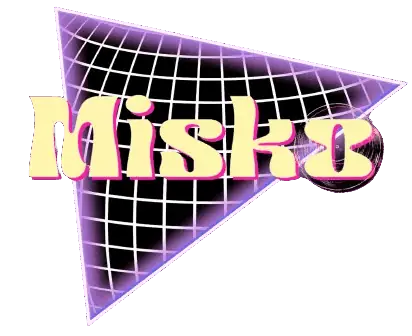If you’ve ever bought a used vinyl record, you know the thrill of finding a hidden gem and the heartbreak of realising it plays with more scratches than music. That’s where vinyl grading comes in.
Grading is the universal language that helps buyers and sellers describe the condition of records. Learning how grading works and how to do it yourself is key when building a collection as you will need it when you’re digging through crates at a flea market or browsing Discogs.
Let’s break down the grading system and learn how to grade vinyl records when buying used yourself, so you can buy used records with confidence.
The Gold Standard: Goldmine Grading System
Most sellers (online and offline) use the Goldmine Grading Standard, which ranges from Mint (M) to Poor (P). Here’s what each grade means:
Mint (M)
- Looks & Sounds: Perfect condition; like it just came out of the shrink wrap. No scuffs, scratches, or signs of play.
Near Mint (NM or M-)
- Looks & Sounds: Almost perfect. Maybe played once or twice but handled carefully. Glossy vinyl with no noticeable wear.
Very Good Plus (VG+)
- Looks & Sounds: Some light signs of wear, minor scuffs, or faint hairline scratches that don’t affect playback much. Jacket may show slight ring wear.
Very Good (VG)
- Looks & Sounds: Noticeable scratches or scuffs, but still plays through with some background noise or pops. Jacket shows clear wear.
Good (G) / Good Plus (G+)
- Looks & Sounds: Heavy wear, scratches, and surface noise throughout. Jacket might be split or damaged.
Poor (P) / Fair (F)
- Looks & Sounds: Heavily scratched, warped, or even cracked. Basically unplayable.
My advice would be to always go for a VG+ when buying your records online. In store, it is worth digging through the VG’s as well and grade it for yourself.
How to Inspect a Used Vinyl Record
When checking a second-hand record, always hold the record under good light and tilt it to spot scratches or warping. Light surface marks are often harmless, but deep scratches usually mean skips. Look closely at the grooves. Shiny, well-defined grooves are a good sign, while dull or gray ones often mean the record has been overplayed.
The label can also tell a story: a few spindle marks (marks from the spindle in the label on the record) are normal, but heavy wear suggests it’s been through countless DJ sets. If possible, give it a quick play test; a little crackle is expected on older records, but excessive noise or distortion is a red flag.
Lastly, it helps a lot to be able to distinguish dirt from damage. Especially if you are looking for old records from more than fifty years ago, itcan be really dirty, but that does not mean it is damaged. After a quick wipe with a wet cloth, the record should play perfectly, if there are no major scratches on the record.
Conclusion: Protect Your Ears & Your Wallet
Grading vinyl records isn’t just about numbers and letters , it’s about making sure you get the listening (and DJing) experience you’re paying for. By learning the Goldmine standard and inspecting carefully, you’ll avoid bad surprises and build a collection that sounds as good as it looks.
Now make sure you use your vinyl grading skills at the best places to find rare gems!



